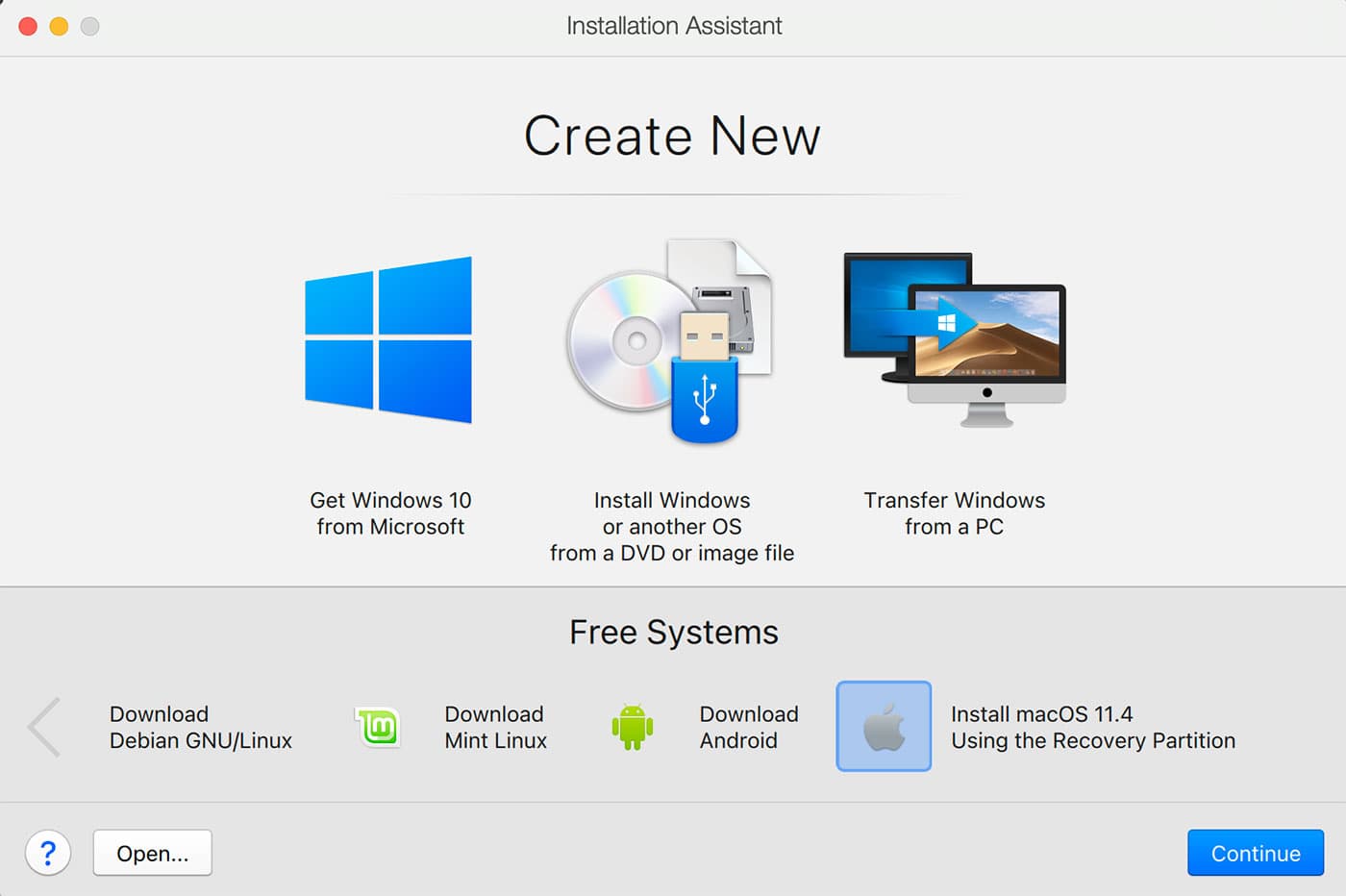

- #Windows 8 parallels for mac software
- #Windows 8 parallels for mac windows 8
- #Windows 8 parallels for mac windows 7
- #Windows 8 parallels for mac professional
It even exceeds brief testing done natively in Boot Camp, and so we chalk its large result up to the way that Windows 8 is virtualized.

#Windows 8 parallels for mac windows 7
The result, far greater than its Windows 7 counterparts, was verified in multiple tests. If we focus on Parallels in DirectX 9 mode, the green bar, we see that its performance, while still ahead of Fusion, is greatly reduced.Īn anomaly that is clear from the results is Windows 8 performance on the creativity and computation tests in both Fusion and Parallels. One area where Parallels is significantly ahead of Fusion is in the Entertainment section of the benchmark, although it should be noted that this is due to Parallel’s ability to run DirectX 10 benchmarks that are included as part of the test. On Windows 7, Parallels in both DirectX configurations enjoys a slight performance lead over Fusion. We also tested Windows 8 performance in both applications, as is noted in the graphs below.įuturemark’s PCMark benchmark attempts to evaluate overall system performance, and includes tests for computational tasks, image and video playback and manipulation, web browsing, gaming, and storage speed. Unsure as to exactly how Parallels was implementing DirectX 10, and curious about whether its implementation would cause performance variations outside of applications that called for DirectX 10, we ran separate tests for Parallels in both DirectX 9 and 10 configurations. Parallels 8 provides “experimental” support for DirectX 10, Microsoft’s set of multimedia APIs, while Fusion only supports up to DirectX 9. Some tests were not possible in certain configurations, and those are noted below. This was to ensure that there would be plenty of space for all the virtual machines, as well as to eliminate any potential drive or interface bottlenecks.Įxcept where otherwise noted, all tests were performed three times, and the results, as long as they were within 5 percent of each other, were averaged. The virtual machines were all stored on an external Pegasus R4 Thunderbolt RAID array with four 3 TB mechanical hard drives in a RAID 5 configuration. The configuration options don’t completely translate between applications, but each was set up to maximize the performance of the virtual machine over that of the host OS.
#Windows 8 parallels for mac professional
We compared Parallels Desktop 8.0.181 with Fusion 5.0.1 and measured their ability to run the 64-bit versions of Windows 7 Professional and Windows 8 Pro.īoth virtualization applications were configured to use four of the iMac’s eight logical processors and 4 GB of RAM. Our tests were performed on a 2011 27-inch iMac at 3.4 GHz with 16 GB of RAM running OS X 10.8.1. If there is high demand for benchmarking other configurations, please let us know and we will do our best to accomodate requests.
#Windows 8 parallels for mac software
However, most Mac consumers will use the software to virtualize a recent version of Windows, so we have focused our benchmarking efforts on that configuration.

Armed with the latest software from both companies, we can now take a look at how well Mac users can expect to run Windows in the coming year.īoth applications can virtualize a myriad of operating systems, including OS X, nearly all versions of Windows, and multiple Linux varieties. Just a few days later, Parallels Desktop 8, the primary competitor to Fusion in the consumer OS X virtualization market, launched. Last week, we benchmarked VMware Fusion 5 and found that it offered a consistent performance increase over its predecessor, Fusion 4.


 0 kommentar(er)
0 kommentar(er)
